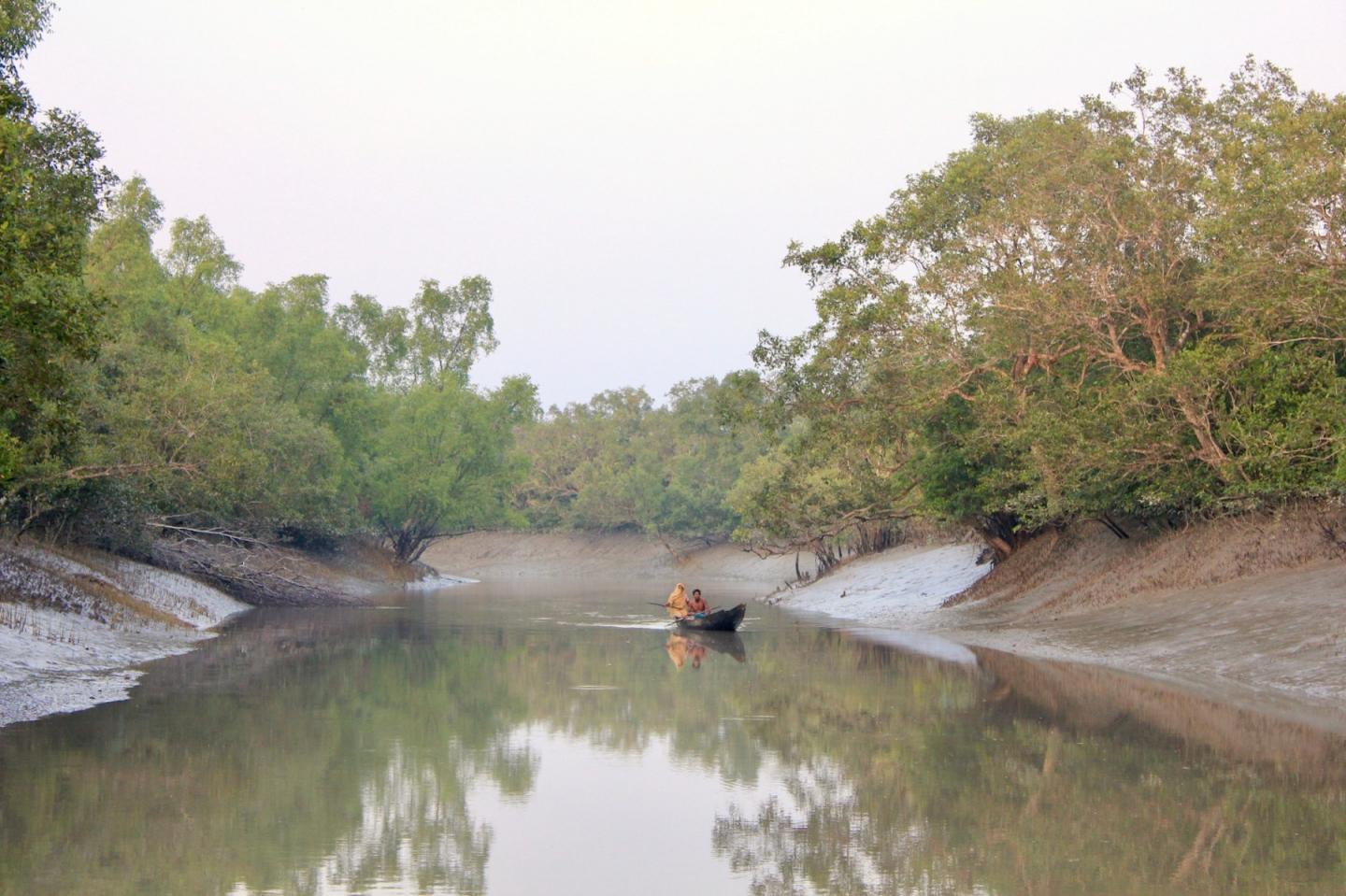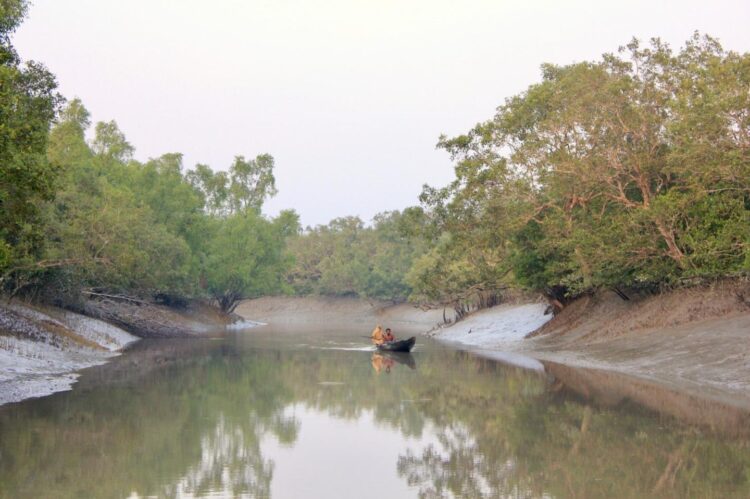Research led by The Singapore-ETH Centre on the quantification of mangrove carbon stocks reveals low net loss of mangrove carbon stocks globally, pointing to success in conservation and restoration efforts.

Credit: Samiul Mohsanin
Mangrove forests are long known for storing large amounts of carbon in the trees and soil. In recent times, mangrove deforestation has raised alarms about increased carbon emissions into the atmosphere. However, research shows that the net amount of carbon released from deforestation in the past 20 years is lower than widely believed, thanks to conservation and restoration efforts, and the natural establishment of new mangrove forests.
Over the past decade, mangroves have been the focus of many conservation and restoration projects, aimed at keeping the carbon stock locked up in this coastal ecosystem. Until now, the effects of these actions in preventing mangrove carbon losses was not known. New research led by the Singapore-ETH Centre shows that globally, the net loss of mangrove carbon stocks between 1996 and 2016 is only 1.8% – or less than 0.1% of global CO2 emissions over the same period.
The research is the first to take into account the expansion of mangroves–through natural and human forestation–in quantifying net losses of mangrove carbon stocks. Previous estimates only considered the negative effects of deforestation, but not the possibility that new mangroves would grow. The new method combines improved global datasets on mangrove coverage and carbon densities with new research quantifying how much carbon is typically lost when a mangrove becomes deforested. Using the new method, carbon loss estimates are 66% lower than previous models.
The low net loss of mangrove carbon stocks was surprising, according to Dr Dan Richards, from the Singapore-ETH Centre, who led the research. He is currently the principal investigator of the Natural Capital Singapore project, which is funded by the National Research Foundation of Singapore, under its Campus for Research Excellence and Technological Enterprise (CREATE). “Mangrove deforestation is often portrayed as an ongoing crisis, but our study, among recent pieces of work, show that there has actually been considerable success in slowing down deforestation around the world”. In fact, in some parts of Mexico and Myanmar, there was more carbon stored in mangroves in 2016 than in 1996.
Despite the apparent success of conservation efforts in protecting mangroves from deforestation, there is no room for complacency. “Mangroves hold some of the highest densities of carbon in any ecosystem. Effective conservation and restoration still require considerable management effort and investment to maintain these low rates of net loss,” said Dr Benjamin Thompson from Monash University, who co-authored the study. Moreover, lessons learnt from mangrove conservation and restoration activities could be extended to benefit other ecosystems. “Tropical peatlands are another ecosystem with large stocks of carbon that have seen high rates of deforestation in recent decades,” says Dr Lahiru Wijedasa from the National University of Singapore, who is the final author of the study.
###
The full article “Quantifying net loss of global mangrove carbon stocks from 20 years of land cover change”, published in Nature Communications, can be accessed here: https:/
Media Contact
Geraldine Ee
[email protected]
Original Source
https:/
Related Journal Article
http://dx.





